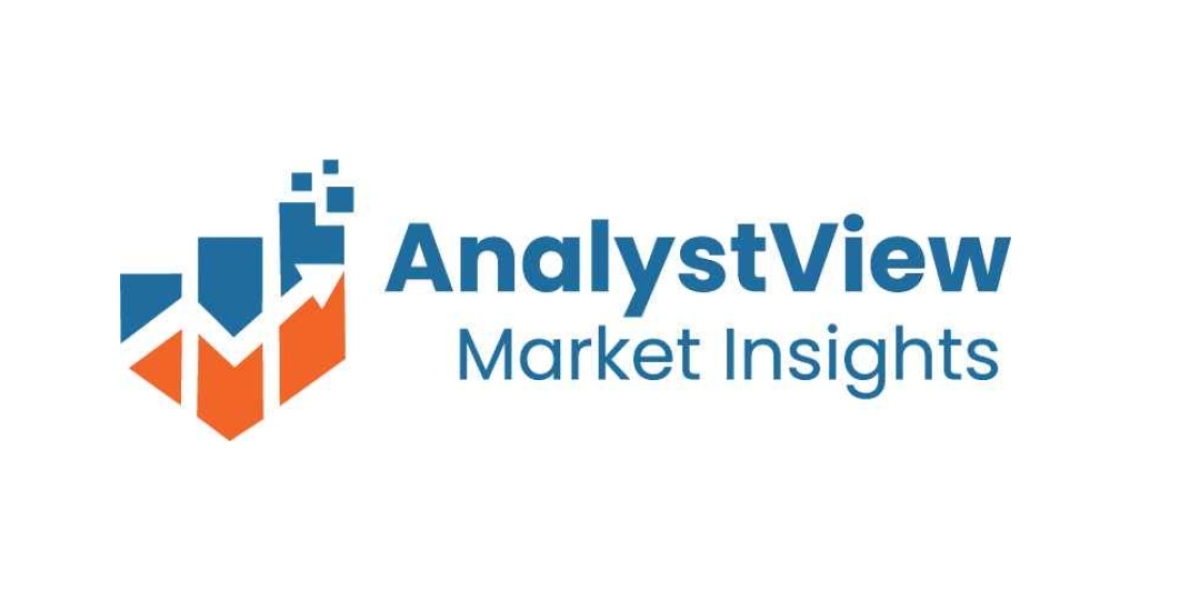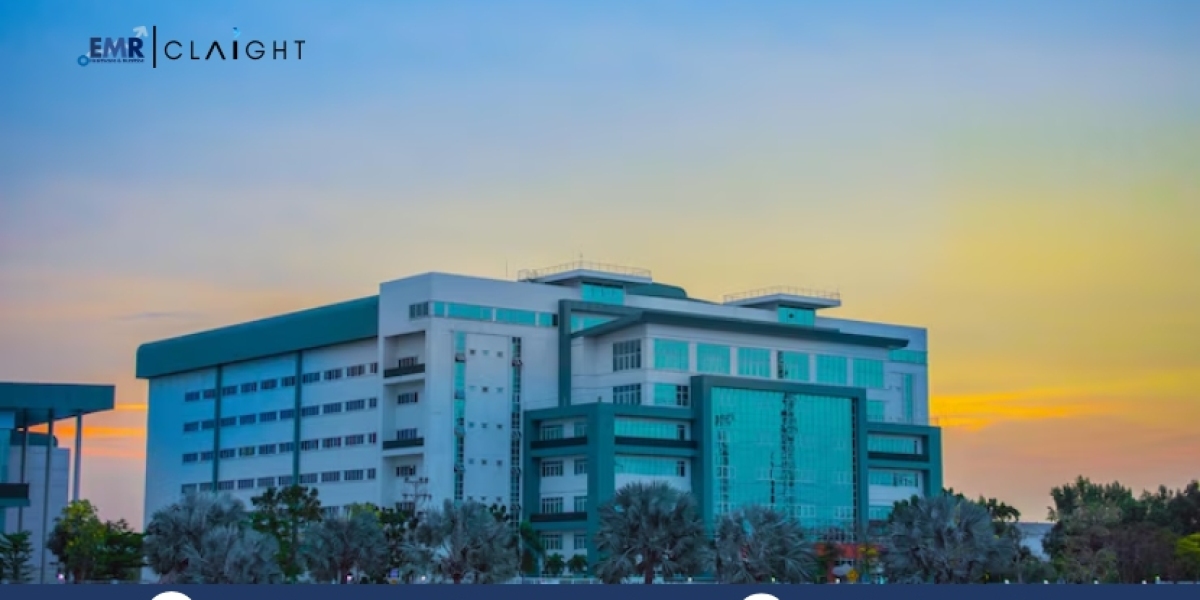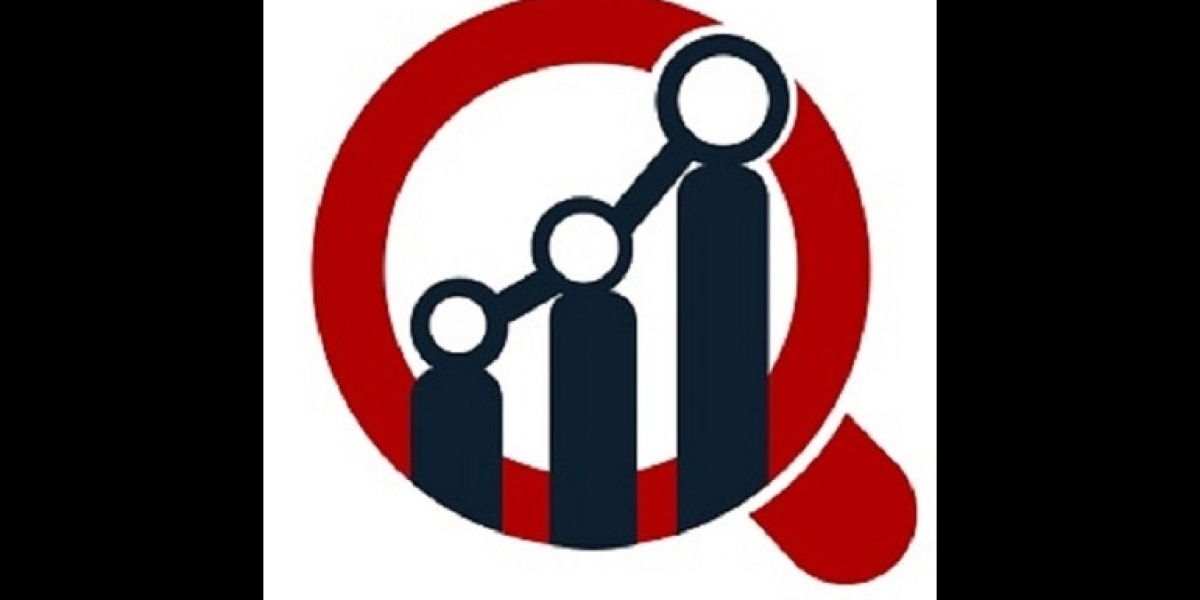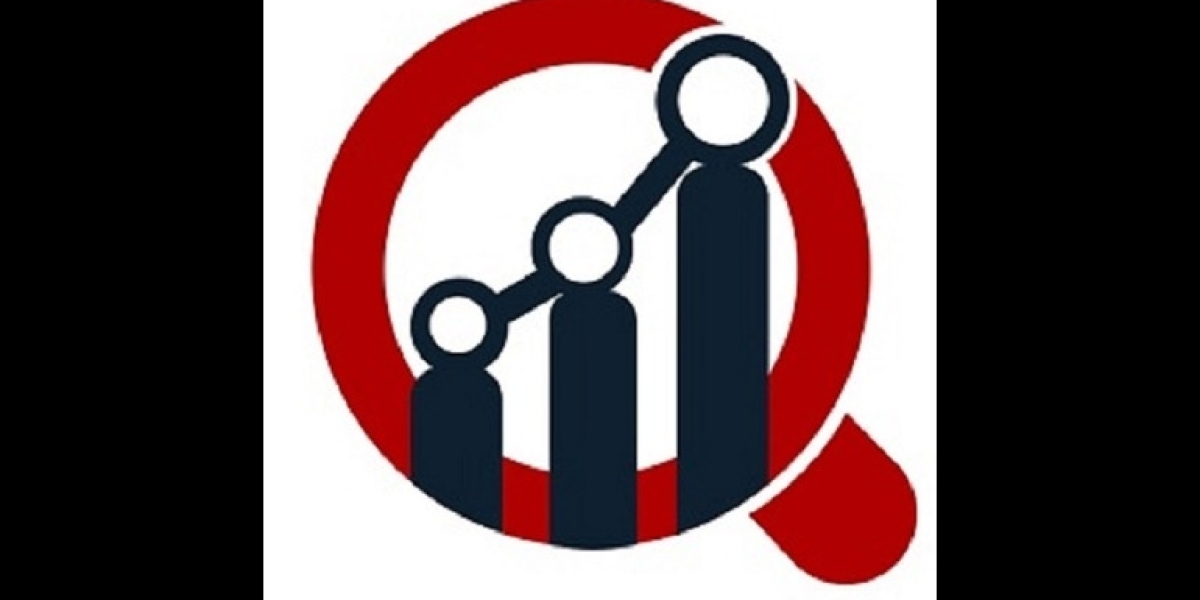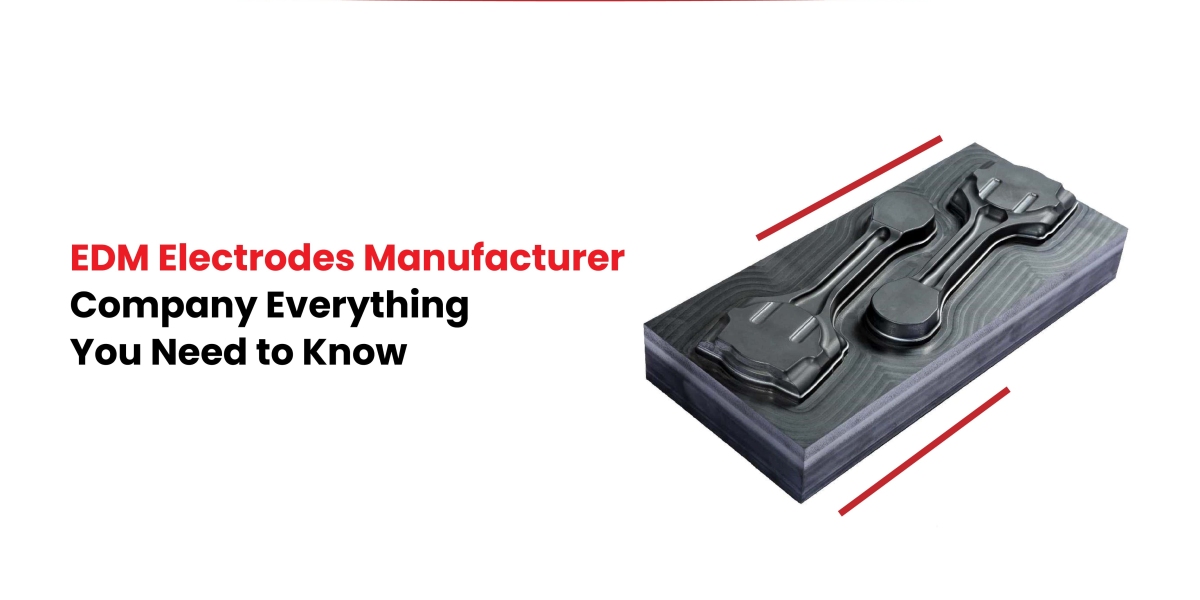The Nanosecond Pulsed Semiconductor Laser Market is accelerating toward new frontiers in photonics, precision manufacturing, and scientific instrumentation. These highly specialized lasers, known for emitting bursts of energy lasting mere nanoseconds, are gaining traction across industries that demand high peak power, precision control, and compact design. Their unique ability to deliver energy in rapid, intense pulses makes them invaluable tools in material processing, biomedical imaging, spectroscopy, and microelectronics.
Nanosecond pulsed semiconductor lasers leverage materials such as gallium arsenide (GaAs) and indium phosphide (InP) to create efficient, reliable sources of coherent light. Unlike continuous-wave lasers that emit a steady beam, nanosecond lasers operate in short, controlled bursts—measured in billionths of a second. This pulsed emission enables localized energy deposition, which is essential for applications requiring fine detail, minimal heat diffusion, or rapid signal response.
Market Overview
The Nanosecond Pulsed Semiconductor Laser Market was valued at US$ 587.80 million in 2024 and is forecast to grow at a CAGR of 10.99% from 2025 to 2032. This robust expansion is driven by rising demand in semiconductor processing, laser-induced breakdown spectroscopy (LIBS), medical imaging, LiDAR, and industrial micromachining.
Nanosecond lasers offer a compelling combination of affordability, compact size, and technical precision. Their relatively low maintenance requirements, tunable wavelengths, and scalable output power make them ideal for integration into portable systems and embedded platforms.
Market Drivers
1. Surging Demand in Material Processing
One of the most prominent use cases for nanosecond pulsed semiconductor lasers is precision material processing. Applications such as laser ablation, micro-drilling, thin-film removal, and surface texturing rely on controlled, high-energy pulses that remove material without excessive thermal damage.
Industries such as electronics, automotive, and aerospace require increasingly finer machining capabilities for sensors, printed circuit boards (PCBs), and miniature components. Nanosecond lasers are well-suited to meet these demands thanks to their ability to balance pulse energy, repetition rate, and beam quality for delicate operations.
2. Adoption in Biomedical and Scientific Applications
In the medical and life sciences sector, nanosecond pulsed lasers are used in flow cytometry, fluorescence lifetime imaging (FLIM), and confocal microscopy. Their short pulse durations provide precise excitation of fluorescent dyes without photobleaching, which is critical for high-resolution biological imaging.
These lasers are also employed in DNA sequencing and cell sorting systems, where speed and precision are vital. Scientific institutions use nanosecond pulses in time-resolved spectroscopy to study fast chemical dynamics, energy transfer processes, and molecular interactions.
3. Emergence of LIBS and Spectroscopy Applications
Laser-Induced Breakdown Spectroscopy (LIBS) is gaining momentum as a fast, real-time elemental analysis technique for materials ranging from metals and minerals to soils and hazardous waste. Nanosecond pulsed lasers are essential to this method, as their high peak power creates localized plasma that emits characteristic spectra.
LIBS systems are increasingly used in mining, recycling, environmental monitoring, and defense applications due to their speed, portability, and non-destructive nature. The rise in LIBS adoption directly correlates with growing demand for tunable, high-frequency nanosecond laser sources.
4. Growth in LiDAR and Optical Sensing
Nanosecond semiconductor lasers are integral to pulsed LiDAR systems, where precise distance measurements are based on time-of-flight principles. In these applications, lasers emit brief pulses of light and measure the time taken for the reflection to return from objects.
This technology is widely used in autonomous vehicles, topographic mapping, and environmental monitoring. The push toward smarter, more responsive LiDAR systems is fueling demand for compact nanosecond laser diodes that can deliver high-speed pulsing, narrow beam divergence, and long-range accuracy.
Application Segmentation
Industrial Micromachining: Delicate material removal processes for electronics, displays, and MEMS manufacturing.
Spectroscopy and Chemical Analysis: LIBS, Raman spectroscopy, and other techniques requiring short, intense pulses for signal generation.
Biomedical Instrumentation: Imaging and diagnostic tools that require low thermal impact and high-resolution data acquisition.
Remote Sensing and LiDAR: Precise environmental scanning and obstacle detection for smart mobility and geospatial applications.
Scientific Research: Experimental platforms in physics, chemistry, and materials science where controlled laser excitation is needed.
Regional Insights
North America leads in technology development and high-end applications, particularly in defense, biomedical imaging, and aerospace research. Institutions and OEMs in the U.S. are at the forefront of integrating nanosecond lasers into high-performance instruments.
Europe is home to advanced laser manufacturing and R&D ecosystems in Germany, France, and the UK. The region emphasizes spectroscopy, precision engineering, and medical applications, fueling demand for pulsed semiconductor lasers.
Asia-Pacific is the fastest-growing market due to large-scale industrialization, electronics manufacturing, and government-backed photonics research. China, South Korea, and Japan are investing heavily in laser technologies for smart factories, autonomous vehicles, and semiconductor inspection.
Latin America and Middle East & Africa are emerging markets, with adoption driven by agriculture, mining, and energy sectors deploying laser-based sensing and measurement technologies.
Key Industry Players
The Nanosecond Pulsed Semiconductor Laser Market features several leading companies focused on innovation, beam control, and integration capabilities:
Coherent: A global leader in laser technologies, Coherent offers nanosecond semiconductor lasers for industrial, scientific, and medical markets.
Newport Corporation: Known for photonics instrumentation, Newport provides laser systems optimized for high-speed spectroscopy and microfabrication.
IPG Photonics: Specializes in high-performance fiber and semiconductor lasers with robust output and precision control.
Jenoptik: Offers compact nanosecond pulse lasers tailored for material processing and sensor integration.
Teem Photonics: Focuses on miniaturized, passively Q-switched laser systems ideal for portable spectroscopy and OEM integration.
B&W Tek: Combines laser technologies with analytical instruments, particularly in Raman spectroscopy and environmental testing.
These players are continuously enhancing performance characteristics such as pulse stability, wavelength versatility, energy efficiency, and form factor to meet the evolving demands of end users.
Challenges and Restraints
Despite their advantages, nanosecond pulsed semiconductor lasers face challenges such as limited power scalability compared to solid-state or fiber lasers, beam quality constraints at higher repetition rates, and thermal management issues in compact designs. Integration with control electronics and user-friendly interfaces also remains a development focus, especially for OEM applications and field deployments.
Browse more Report:
Automotive Electrical Distribution System Market
Advanced Transportation Pricing System Market
